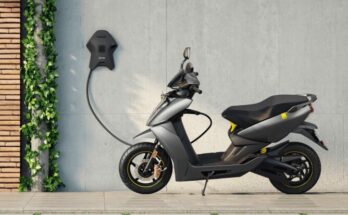The auto sector has held a pivotal spot in the country’s economy. We are, after all, talking about nothing of frivolity, but rather the automotive sector is rooted in the daily life of the individuals, such that any change can impair or ease masses. Recently, we have experienced quite the whirlwind of a shift in the policies governing the sector, the nature of which barely anyone can ultimately agree on.
The government has announced a new auto policy that will come into effect in July 2022, including some significant changes. One of the most significant changes is that no cars will be allowed to go on sale, which does not comply with WP29 regulations. This means cars without dual airbags will be discontinued. While this is a step in the right direction for passenger safety, it’s causing concerns among many people because of the steeply rising prices.
Related: The New Auto Policy: AIDEP 2021-26
After all, what use are safe vehicles if they are locked in stores, and you need an extra kidney to afford them? Here’s a pocket-sized analysis of what we are to stay tuned for.
The Aim of New Auto Policy AIDEP 2021-26:
Supporting the local automobile industry while ensuring its development and sustainability in line with the best global practices is only attainable through increased market access and reduced cost of production. According to sources, local assembled vehicles prices will increase by 30% because of this policy. The main goal is to improve the “quality & safety features” of locally assembled vehicles.
Related: Mandatory Airbag Requirements Might Put an End to These Cars
Since January 2018, the pricing of local-assembled automobiles has gone up by 50%, making them out of reach for many people. The net result was a decline in sales of cars which fell by 53% during the last financial year.
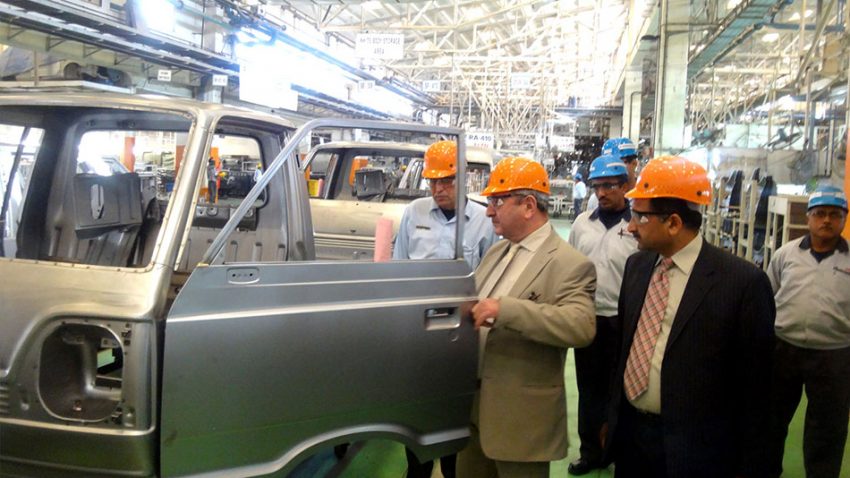
The goal of AIDEP is to encourage small cars (for the masses), improve localization, and uplift safety standards. In addition, its features incentivize the introduction of new tractor and motorcycle models to promote consumer protection. However, some say that this price hike is necessary, and it’s time we started paying attention to safety.
Related: Javed Afridi Urges Government to Implement WP29 Vehicle Standards
This new policy aims to modernize our vehicle fleet with more efficient cars that use less fuel, so they’ll be better for the environment. However, the “encouragement” is quite degrading for middle-income people. Cars are already a challenging feat to accomplish and a “luxury” as termed by 60-70% population of Pakistan, and with this, the numbers are set to increase even further.
Increasing Demand For Motorcycles
The demand for motorcycles has drastically increased in Pakistan, especially within the last few years. Well, when cars go out of your league, where do you look? The next best option; the good old bike. According to a report by the Pakistan Automotive Manufacturers Association (PAMA), sales of motorcycles have doubled from 300,000 units per year to 600,000 units annually.
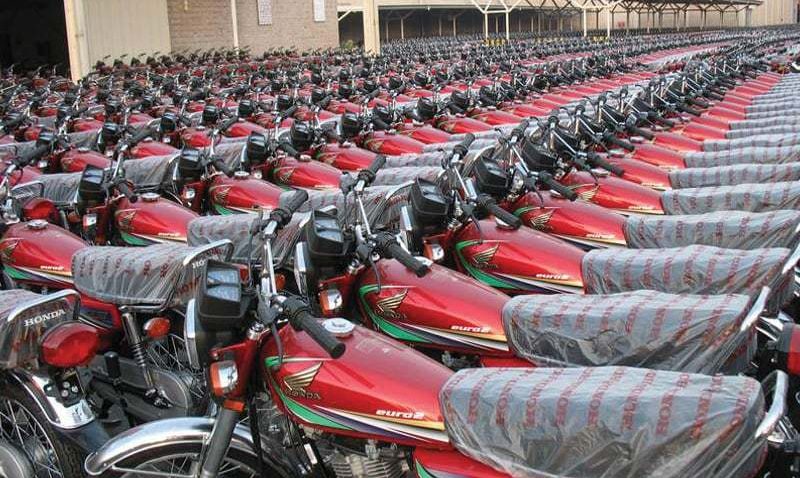
Skipping some years back, we have witnessed the price difference of 2-wheelers such as a 70cc bike and the smallest car to be around Rs. 300,000. However, now the difference is nothing short of Rs. 1.2 million. It makes buying a car instead of a bike a task ten times as expensive and ten times as unlikely. And by revealing that Pakistan now ranks 4th in the production of motorcycles, the Prime Minister is seemingly aware of the situation.
Related: Rising Difference in Motorcycle & Car Prices & the Need to Fill the Gap
But is this mass production of motorcycles worth it? The technology used in these local bikes is fairly ancient. I mean 30 to 35 years old tech is nowhere to be found in this world anymore, but still used in our (local assembled) bikes. And while the tech used shows no sign of improvement, the prices seem to be running along with a marathon, almost doubling over the last 3-4 years. One might hope that with the price comes a bit of improvement, but all we get is a changed sticker every year.
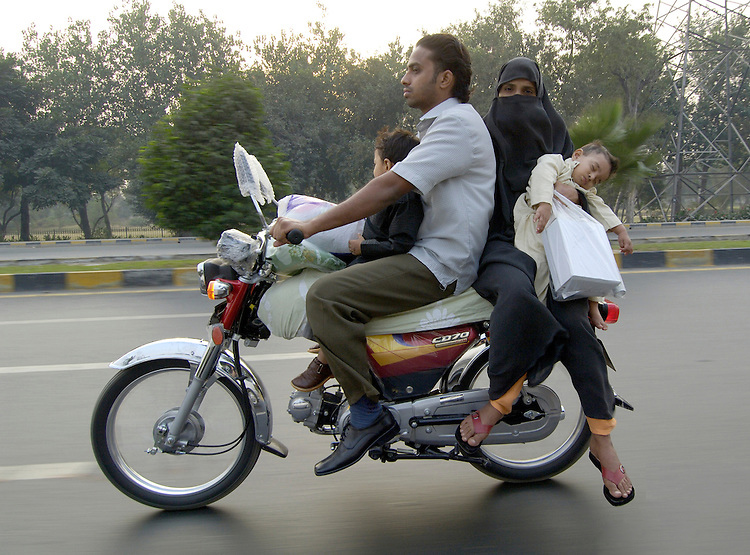
More safety for the ones riding the rejuvenated cars, but ultimately no security for the people forcibly scattered by the prices of vehicles?
Related: Auto Sales Trend Renders Widening Economic Divide in Pakistan
Considering that this policy is set to raise the bar of road safety, can we take its word for it? Motorcycles are dangerous & unsafe compared to cars, but they have become an inescapable need for middle-class and lower-middle-class people who can’t afford a car at all. We forget where our country stands in poverty if we consider this policy accommodative.
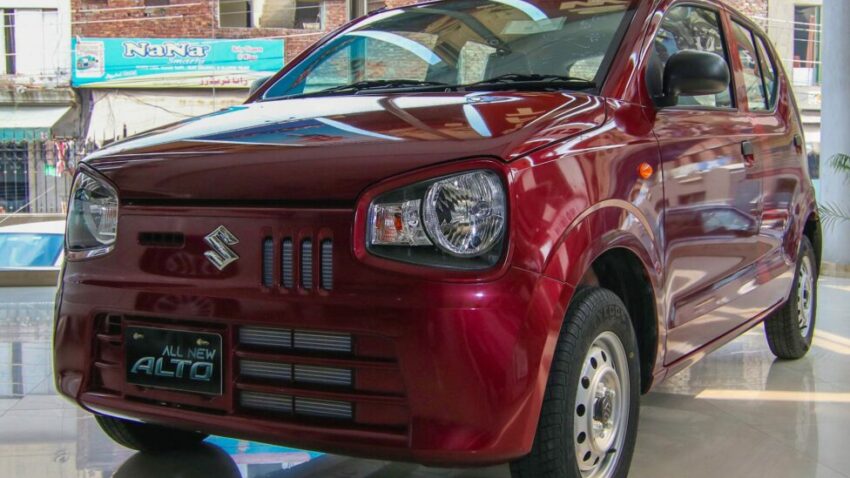
It has brought the people out on the edge of the cliff; you can either run to better safety or dive back with zero safety. We understand the motive behind this is entirely for the state’s good, however the government should consider the general public and make balanced changes accordingly.
Related: A Market Where Cars Are More Expensive Than Residential Property
Riding a motorcycle with family of 4+ people in traffic is much dangerous & risky than to drive in a car without airbags, and to counter this enforcing the riders to just wear helmets won’t solve much of the problems. Basic cars such as the entry level hatchbacks with adequate safety must come well within the reach of the masses. Motorcycles can sure be considered means of personal mobility but to label them as ‘awaam ki sawaari’ and pushing the bulk of entry-level car buyers into opting for motorcycles and then introducing safer cars with airbags sounds like a contradiction… do you think so?

A random girl who writes when she isn’t sleeping. Her heart is divided into three parts. One part adores sleep while another is deeply affectionate towards writing. The third is a large sensitive spot for her pets. The pets include a cat and a metallic, fuel-consuming giant.



